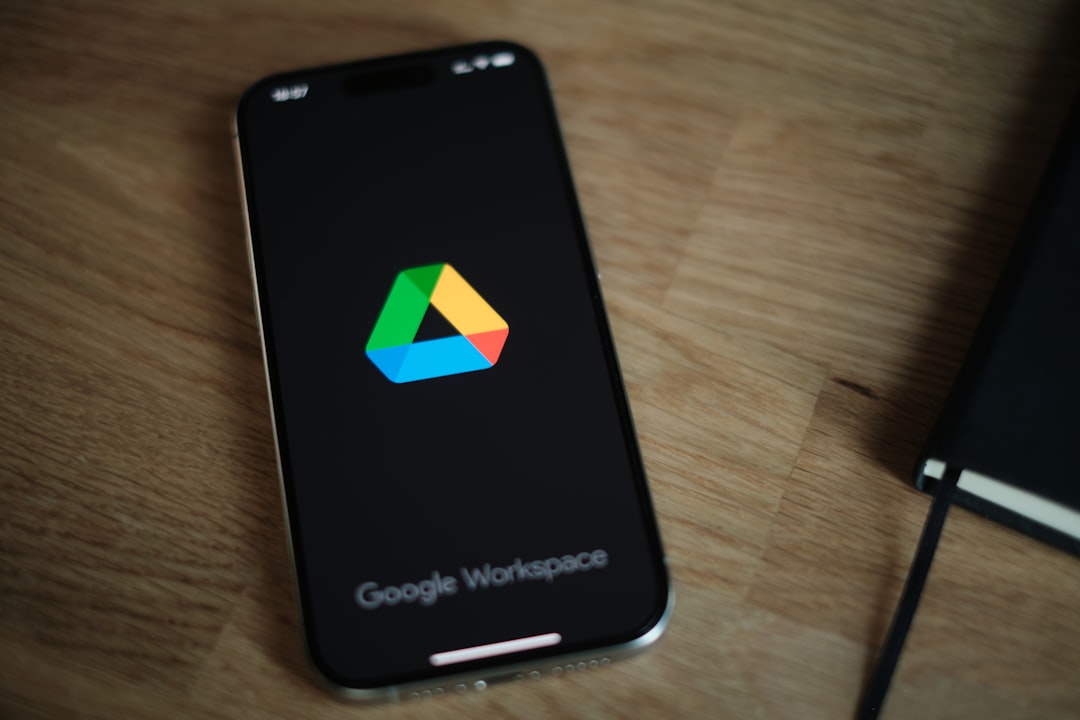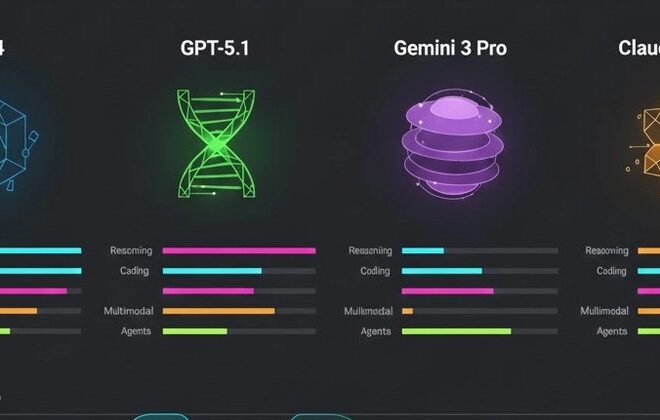
The New Era of Android Updates: How Major OS Rollouts Are Transforming Mid-Range Phones
The Android ecosystem has long operated on a tiered system, particularly when it comes to software updates. For years, owners of flagship devices enjoyed the privilege of receiving the latest and greatest Android versions promptly, while those with more budget-friendly, mid-range phones were often left waiting months, if not years—or worse, never received the update at all. This created a significant gap in features, security, and overall user experience. However, the landscape is undergoing a dramatic and welcome transformation. We are now entering a new era where major OS updates are no longer the exclusive domain of premium devices. Leading manufacturers are increasingly committing to delivering full-featured, timely operating system upgrades to their mid-range portfolios, fundamentally changing the value proposition of these popular handsets. This shift is not just a marketing gimmick; it’s a reflection of deeper changes in hardware capabilities, software architecture, and consumer expectations. This article delves into the technical and practical implications of this trend, exploring how the democratization of Android updates is reshaping the world of Android Phones and what it means for users, developers, and the industry as a whole.
The Anatomy of a Modern Android OS Rollout
When your phone notifies you of a major system update—for instance, a jump from Android 15 to Android 16—it represents far more than a simple change in version number. These updates are massive, complex packages that overhaul the very foundation of the device’s software. Understanding their composition reveals why their delivery to mid-range devices is such a significant technical achievement.
More Than Just a Fresh Coat of Paint
A major Android OS update is a multi-faceted software package that brings substantial changes across the board. At its core is the new version of the Android Open Source Project (AOSP), which introduces fundamental improvements in performance, battery management, and security protocols. On top of this base layer, Google implements new user-facing features, such as enhanced privacy dashboards, refined notification systems, and new system-wide functionalities.
For most Android Gadgets from manufacturers like Samsung, Xiaomi, or OnePlus, the update also includes a significant revision of their custom user interface (UI) or “skin.” A hypothetical “One UI 8,” for example, would bundle Samsung’s unique design language, exclusive applications, and custom features on top of the core Android 16 framework. These UI overhauls often include redesigned icons, new animation systems, and deeper integrations with the manufacturer’s hardware ecosystem. Furthermore, these updates deliver the latest Android Security Patch, which is critical for protecting users from emerging vulnerabilities. An update package measuring over 2 gigabytes is common, a testament to the sheer volume of code, assets, and firmware being replaced or added.
Overcoming the Technical Hurdles of a Diverse Ecosystem
Historically, the primary obstacle to updating mid-range phones was the immense technical effort required. Unlike Apple’s vertically integrated ecosystem, the Android world is characterized by hardware diversity. A single manufacturer might use different chipsets (e.g., Qualcomm Snapdragon, MediaTek Dimensity, Samsung Exynos) across its product line.
Each chipset requires specific, low-level vendor code and drivers to function correctly with a new Android version. In the past, this code was deeply intertwined with the core Android framework, meaning every OS update required a monumental, collaborative effort between Google, the chipset maker, and the phone manufacturer. This was a costly and time-consuming process, often deemed not commercially viable for less expensive devices.

Initiatives like Google’s Project Treble, introduced with Android 8.0, have been game-changers. Treble modularized the Android OS by creating a stable, standardized interface between the core Android framework and the vendor-specific hardware code. This separation allows manufacturers to update the Android OS portion without having to wait for new code from chipset makers, dramatically accelerating the update process. More recently, Project Mainline (introduced in Android 10) takes this a step further by allowing Google to update key OS components directly through the Play Store, bypassing the need for a full OTA update from the manufacturer for certain critical fixes.
The Mid-Range Revolution: A Confluence of Factors
The recent acceleration of major updates for mid-range devices isn’t a happy accident. It’s the result of a perfect storm of market pressures, maturing hardware, and strategic software engineering from Google and its partners. This convergence has created a new competitive battleground where software support is as important as screen resolution or camera megapixels.
Competitive Pressure and Evolving Consumer Expectations
In a saturated smartphone market, manufacturers are constantly searching for new ways to differentiate their products. As hardware specifications in the mid-range segment begin to plateau—with most devices offering good-enough screens, cameras, and performance—software has become the new frontier. Companies like Samsung and Google (with its Pixel A-series) have turned long-term software support into a key selling point, promising multiple generations of OS updates and several years of security patches. This commitment sends a powerful message to consumers: you are not buying a disposable gadget, but a device that will evolve and remain secure for years to come. As savvy consumers become more aware of the importance of software longevity, other brands are forced to follow suit or risk being perceived as offering inferior value.
Hardware That’s No Longer a Bottleneck
Another crucial factor is the raw power of modern mid-range hardware. A mid-range processor from today, such as a Snapdragon 7-series or a Dimensity 8000-series, often outperforms a flagship processor from just three or four years ago. These chipsets are more than capable of running the latest Android version and its associated features without the performance compromises that plagued older budget devices. With ample RAM (often 6GB or 8GB) and fast UFS storage becoming standard in the mid-range, the hardware is no longer a valid excuse for withholding software updates. This hardware maturity ensures that a new OS version enhances the user experience rather than degrading it.
Practical Implications for Users and Developers
This shift in update strategy has profound, tangible benefits that ripple throughout the entire Android ecosystem, positively impacting both the end-users who own the devices and the developers who build applications for them.
For the Everyday User: A Smarter, Safer, and Longer-Lasting Device

For the average person who purchases a mid-range smartphone, timely OS updates deliver three key advantages:
- Enhanced Security and Privacy: This is arguably the most critical benefit. Major OS updates bring not only the latest monthly security patch but also foundational architectural improvements to privacy and security. This could include features like a more robust Privacy Dashboard, microphone/camera access indicators, or enhanced permissions controls, giving users more power over their personal data.
- Access to Modern Features: Users are no longer locked out of the latest innovations. A new Android version can introduce system-wide improvements like better battery optimization, more intelligent notification management, advanced camera software features powered by AI, and new customization options that keep the phone feeling fresh and modern.
- Increased Longevity and Value: A phone that receives consistent updates remains functional and secure for a longer period. This extends its useful lifespan, delaying the need for a costly replacement and reducing e-waste. It also significantly boosts the device’s resale value, as a phone running a recent version of Android is far more attractive on the second-hand market.
For the Android Developer: A More Unified and Capable Audience
The developer community also reaps significant rewards from a more consistently updated Android landscape:
- Wider and Faster API Adoption: Developers can confidently build apps that target the APIs (Application Programming Interfaces) of the latest Android version, knowing that their new features will be accessible to a much broader audience, not just flagship owners. This accelerates the adoption of new technologies and standards across the ecosystem. –
- Reduced Fragmentation Headaches: While Android fragmentation will always exist to some degree, having a larger percentage of the user base on recent OS versions simplifies the development and testing process. Developers can spend less time creating workarounds for older, unsupported OS versions and more time innovating.
- New Creative Opportunities: Each new Android version unlocks new capabilities—be it enhanced machine learning frameworks, new UI components, or more efficient background processing. When these capabilities are available on millions of mid-range devices, it creates a larger market for apps that leverage them, encouraging developers to build more sophisticated and powerful applications.
Best Practices and Recommendations for a Smooth Update
While an OTA update notification is exciting, a bit of preparation can ensure the process is seamless and trouble-free. Following a few best practices before, during, and after the installation can prevent common pitfalls like data loss or post-update performance issues.

Pre-Update Preparation: Your Safety Checklist
Before you tap that “Download and Install” button, take a few precautionary steps:
- Back Up Your Data: This is the golden rule. While updates are generally safe, there is always a minuscule risk of a failed installation that could lead to data corruption or a device that needs to be factory reset. Use your manufacturer’s cloud service (e.g., Samsung Cloud, Google One) or manually back up photos, contacts, and important files to a computer.
- Ensure Adequate Storage: Major OS updates are large, often exceeding 2GB. Navigate to your phone’s storage settings and make sure you have at least double the update size available to accommodate the download, unpacking, and installation process.
- Connect to Wi-Fi and a Power Source: Downloading a large file over mobile data can be costly and less reliable. Always use a stable Wi-Fi connection. Critically, ensure your phone has at least 50-60% battery life, or better yet, keep it plugged in during the entire installation process. An update being interrupted by a dead battery can cause serious software problems.
Post-Update Performance Tuning
After the update is complete and your phone has rebooted, consider these steps to optimize performance:
- Let it Settle: For the first few hours or even a day after a major update, the OS performs background optimization tasks, and app caches are rebuilt. It’s normal for the device to feel slightly warm or for battery life to be inconsistent during this period.
- Clear the System Cache (Optional): For users experiencing sluggishness or glitches, clearing the system cache partition from the recovery menu can often resolve issues caused by leftover files from the previous OS version. Instructions for this process vary by device and can be found online.
- Update Your Apps: Visit the Google Play Store and update all your applications. Developers often release updates to ensure their apps are fully compatible with the new Android version.
Conclusion: A More Equitable and Sustainable Android Future
The expansion of flagship-level software support to mid-range Android Phones marks a pivotal moment in the evolution of the mobile industry. It signals a move towards a more equitable and sustainable ecosystem where a user’s access to security, features, and innovation is no longer dictated solely by the price of their device. This trend delivers immense value to consumers, who get more out of their investment; it empowers developers to build for a more modern and unified platform; and it pushes manufacturers to compete on the long-term quality of their user experience. As this practice becomes the industry standard, the latest Android News is no longer just about what the most expensive phones can do, but about how powerful software experiences are being made accessible to everyone, strengthening the entire Android platform for years to come.



